Exchange in Melanesia

As Europeans explored new regions of the world far from home, they encountered many cultures that appeared to them to be quite similar. Lacking a nuanced understanding of the differences between all of these cultures, Europeans often labeled and grouped them incorrectly.
Melanesia, a group of islands in the Pacific Ocean just below the equator, is a prime example of this cultural misunderstanding. Since the age of colonization, this region has typically been viewed as one culture in a superficial sense. However, the diversity in the region is actually quite pronounced and can be seen in many aspects of Melanesian life.
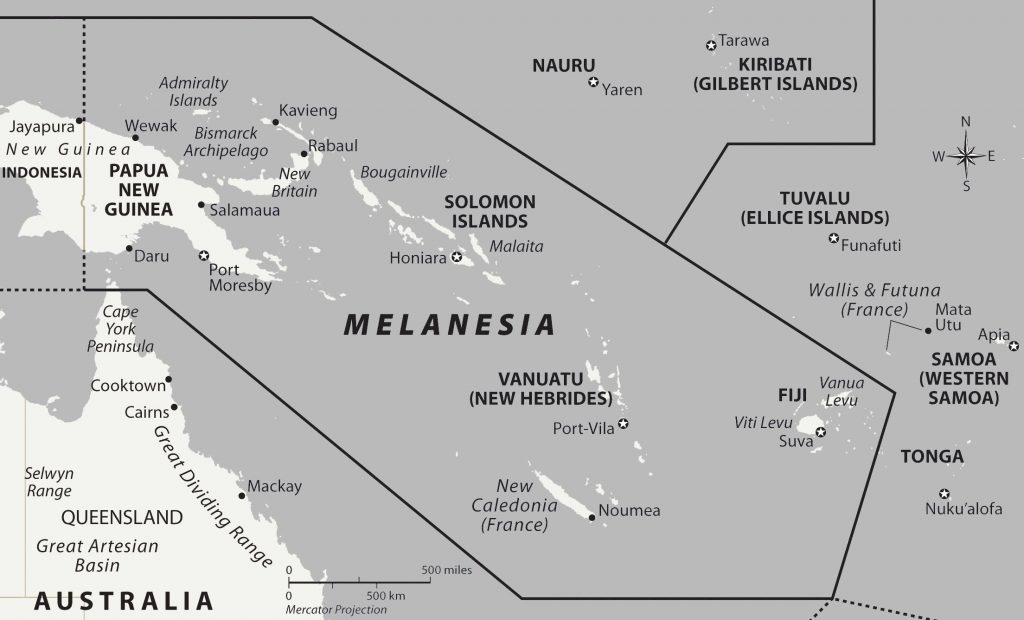
Though Melanesian communities are distinct, they are also linked through exchange. Exchange is a process that is present all around the globe, whether it be with currency or tradeable objects. All cultures have an impact on how—and why—exchange is conducted. In this exhibit, you will see examples of different exchange goods that shaped the lives of distinct Melanesian cultures.
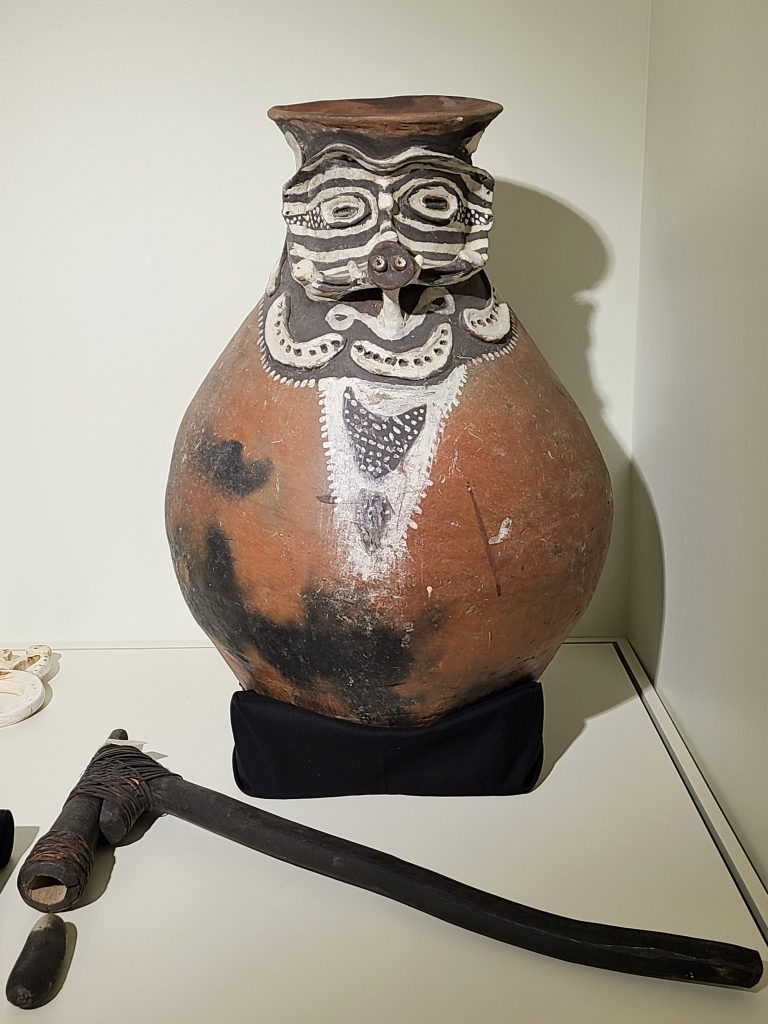
Sago Jar and Pounder
The Motu people live in an area of Papua New Guinea that is rich in clay. The Motu have traditionally used this resource to create pottery. However, the clay also makes it difficult to grow crops. Their way around this is to go on voyages known as Hiri, where they use their knowledge of seafaring to travel along the coast and trade with other villages. The Motu trade their impressive pottery in exchange for sago, an edible starch derived from a palm tree. The raw sago is then pounded into flour and stored in ceramic pots.
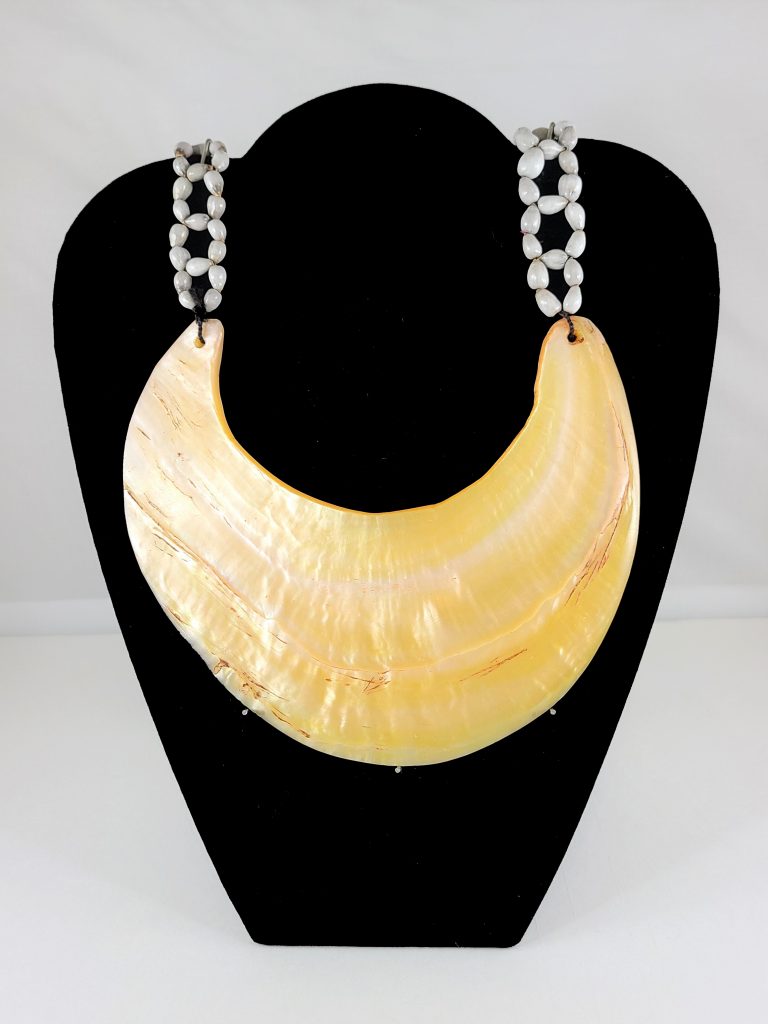
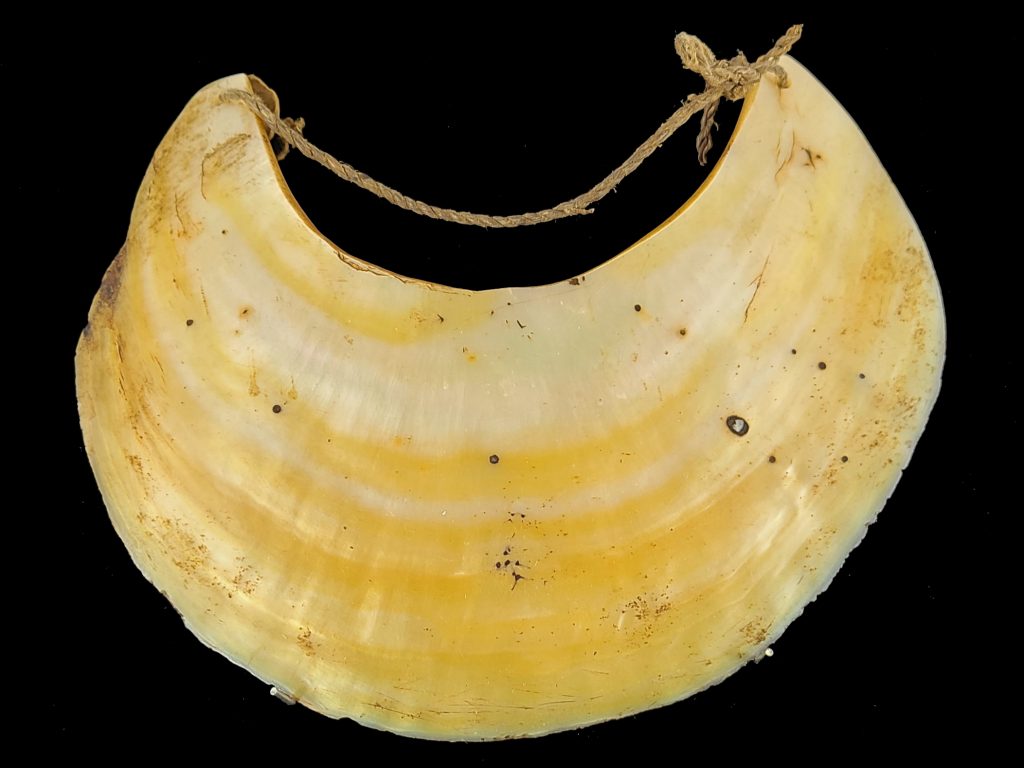
Kina Shells
The official currency of Papua New Guinea is the Kina, which takes its name from the kina shell. Kina shells were traditionally used as a wealth object. They were often used in exchanges which ranged from paying bride prices, to settling blood feuds, to just buying pigs. These shell necklaces are made from gold-lip pearl shells and were traded from the coast into the highlands of Papua New Guinea. Kina shells are sometimes stained red when they are used as payment in a ceremony or celebration.
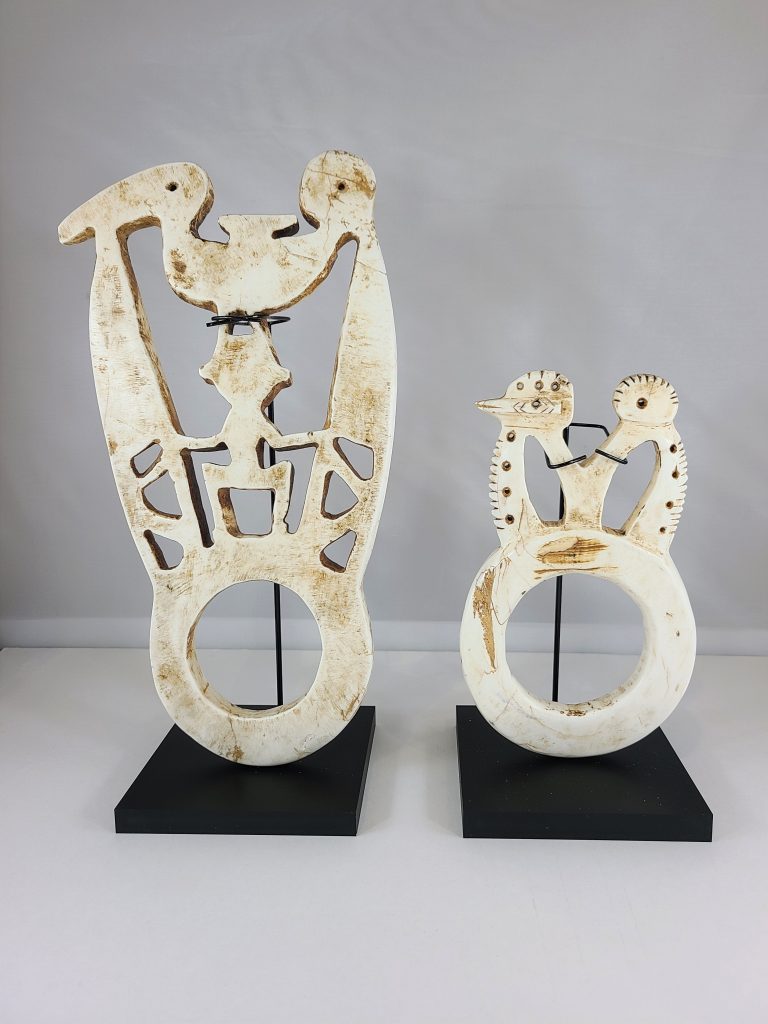
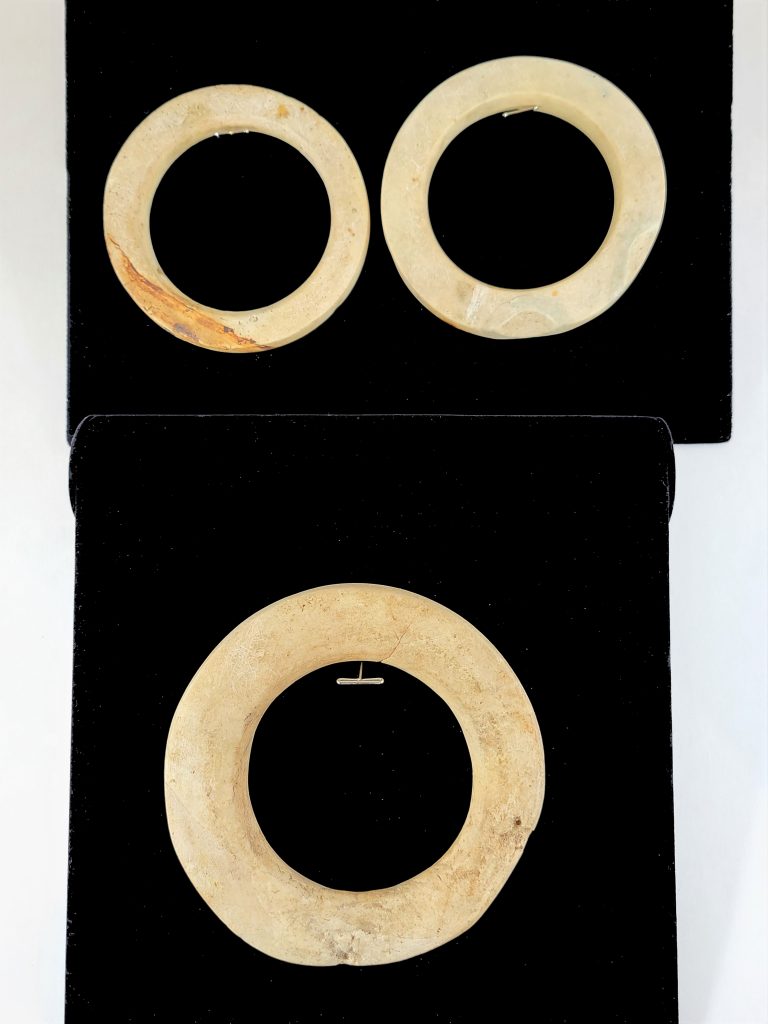
Barava Plaques
Barava plaques are made from tridacna shells and originate in the western Solomon Islands. These plaques are intricately carved, showcasing geometric shapes or stylized humans. The simpler rings shown here are known as Poata or Bakiha and are used as money. The true Barava, on the other hand, are better understood in terms of wealth and prestige. They reflect the peoples’ ability to share the labors of creating a tangible symbol of wealth, identity, and pride. The plaques are mostly used for ceremonial purposes.
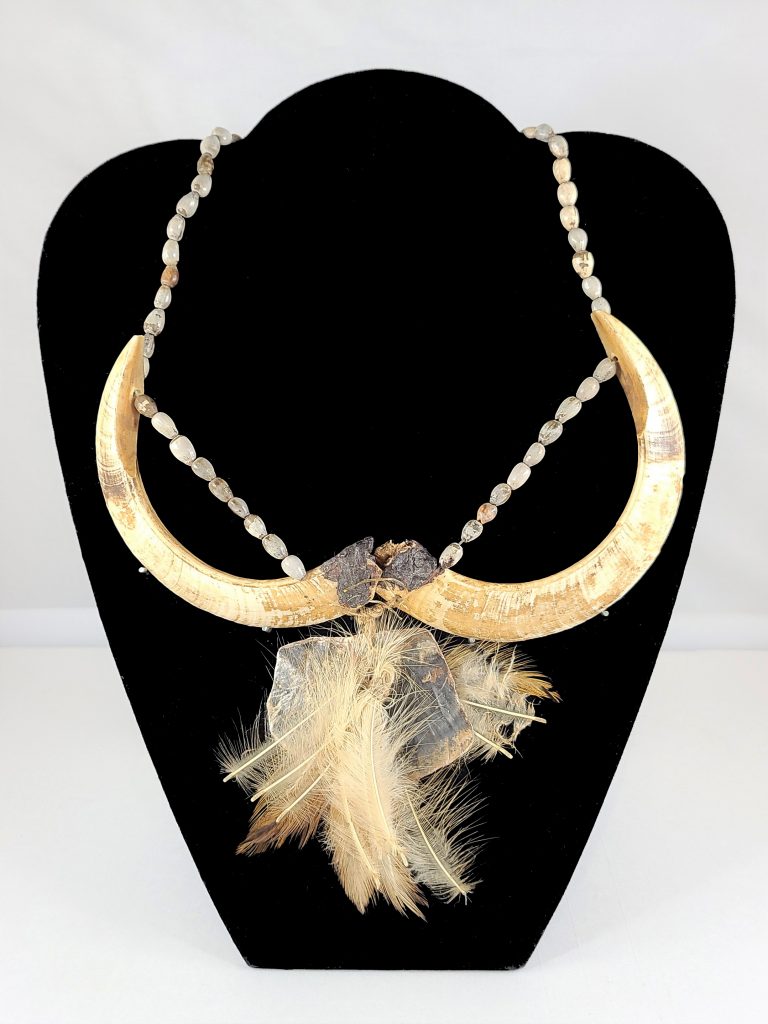
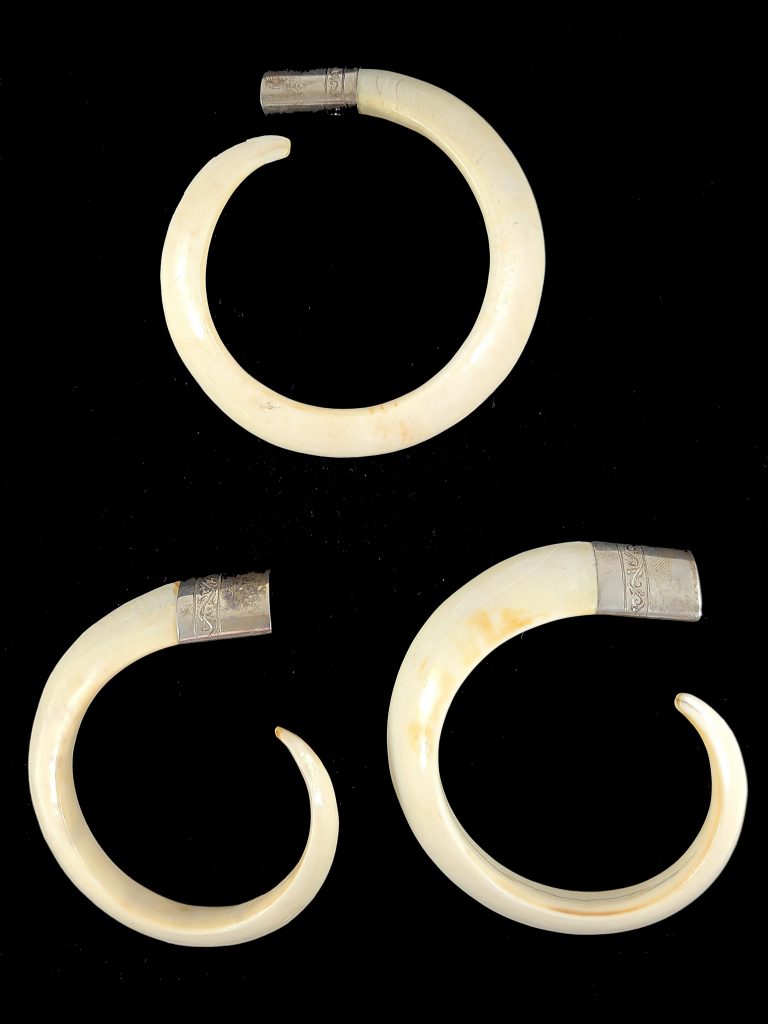
Boar’s Tusks
Boar’s tusks are a common exchange medium in many parts of Melanesia. The tusks are often formed into armbands or necklaces, as shown here, to display a person’s status in society, but they can also be used as currency. In places like Vanuatu, this type of currency has been reappearing as a part of people’s everyday lives, with some banks now accepting boar’s tusks as money. In other places, boar’s tusks have drifted away from the actual act of exchange but retain their symbolic meaning.
This exhibit was curated by Forsyth Tech intern Bryce Kroll and was on exhibit from March 1 to December 3, 2021.
